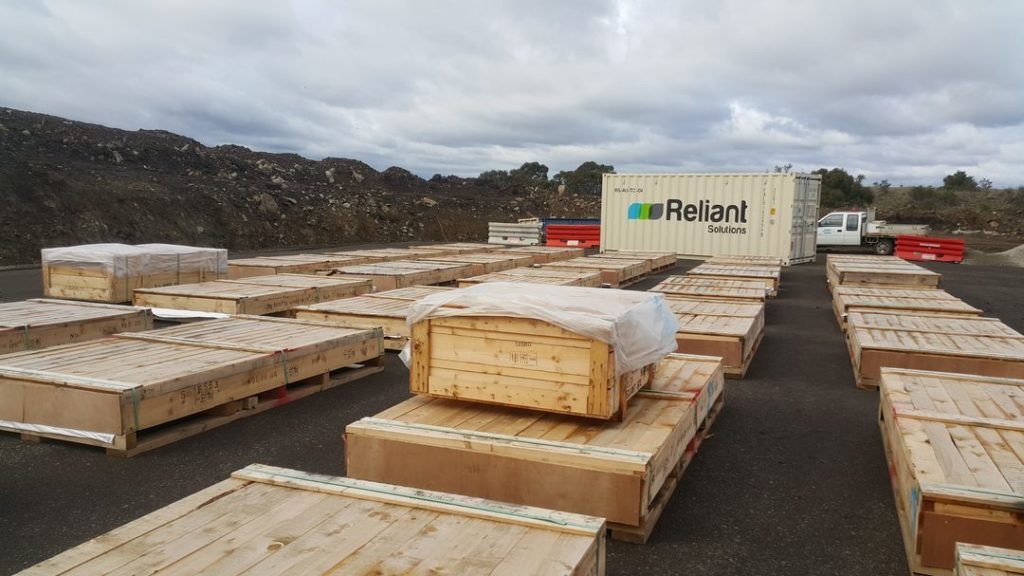High-capacity storage tanks are vital to many businesses and organisations, including manufacturing facilities, food processors, municipal water distribution systems, wastewater treatment facilities, power plants, the oil and gas industry, and fire protection systems.
They are often used to store potable water for municipal water systems, chemicals for manufacturing, fire suppressants, food products, drilling fluids, dry goods or fuel, and to perform well they must be water-tight, easy to maintain and repairable.
Traditionally, large storage tanks have been steel tanks, welded together and finished onsite, or concrete tanks, poured in place at site. Both types of tanks perform well, but have some serious disadvantages.
Field-welded steel tanks are affected by weather conditions which can be difficult to finish properly at the site, leading to an increased probability of corrosion, and the welds must be thoroughly inspected after completion to ensure that the tank will not leak.
Concrete tanks are very heavy, take large amounts of time to cure, and need constant resealing to prevent leaks – meaning much higher labour costs.
A third option is bolted tanks, which use laser or die-cut steel panels that are bolted into place onsite. Bolted tanks offer the strength of steel and corrosion resistance through a factory applied coating. They are quick to install and easy to maintain or repair. Compared to concrete or field-welded steel tanks, bolted steel panel tanks from Reliant Solutions offer several distinct advantages.
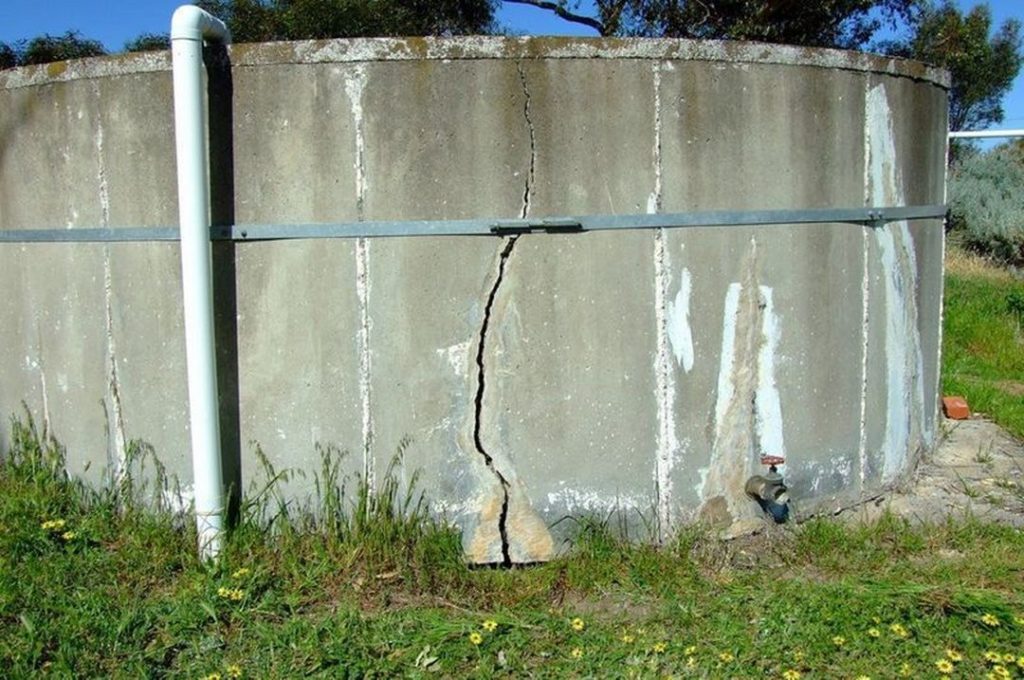
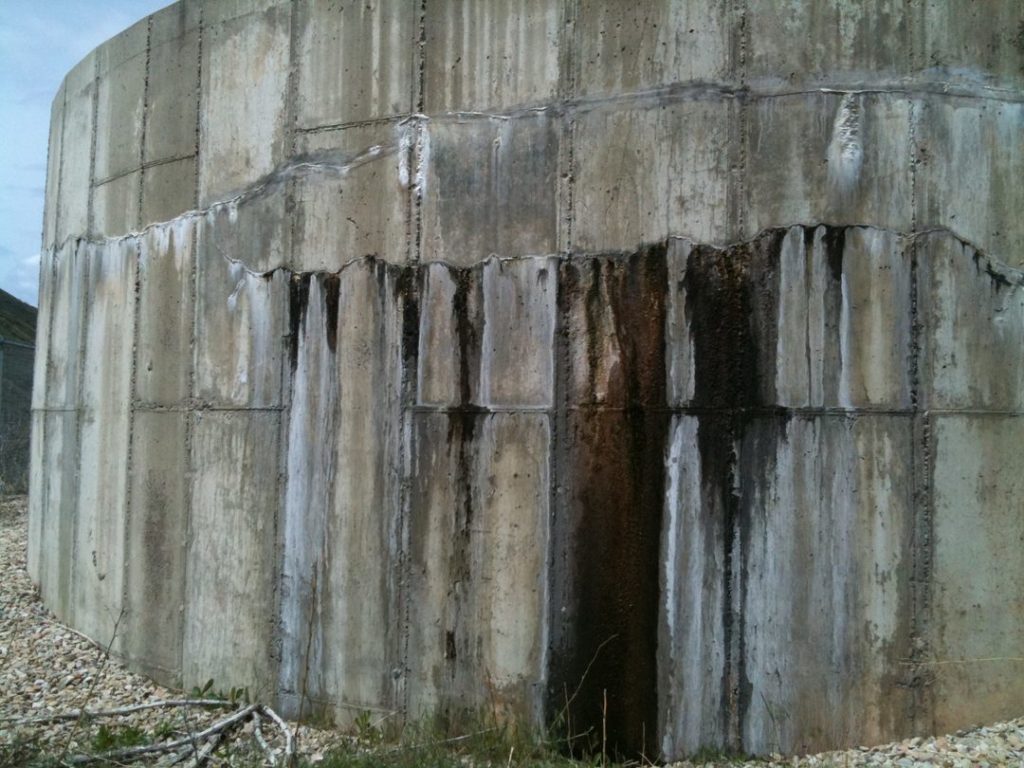
1: Quick Assembly
Because bolted steel tanks are manufactured offsite and arrive in ready-to-assemble sections, installation is quick and easy, and it can be done in just about any weather.
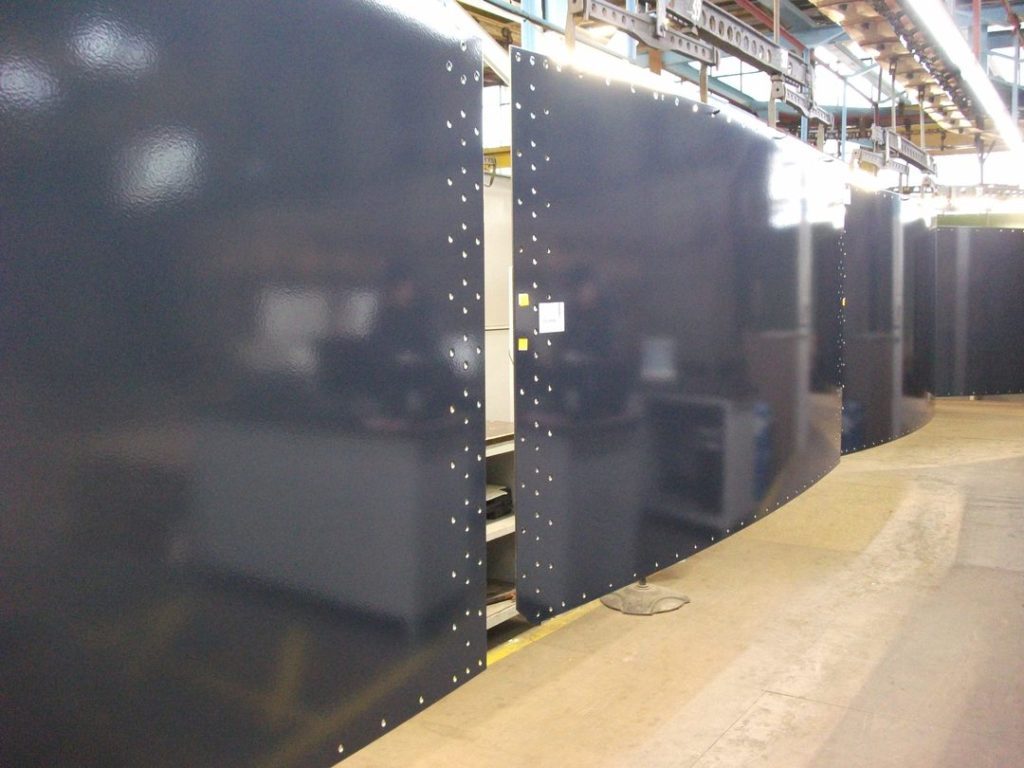
2: Pre-finished
Unlike field-welded or concrete tanks that must be sealed and coated onsite, bolted steel tanks come in pre-finished sections. Each section is manufactured at an environmentally-controlled manufacturing facility, where the metal is rolled and CNC cut, then the surface coating is applied before there is any chance of corrosion taking place.
The bare metal is coated with a silica and zirconium liquid seal that inhibits corrosion and encourages adhesion of the final surface coating, an epoxy powder coating that is electrostatically applied and heat-cured to ensure a durable, corrosion-free finish.
There is less pollution and waste involved in the finishing process. Welded steel and concrete tanks are finished onsite, which often involves sprayed-on sealants that have environmental consequences if applied incorrectly, and the process can easily be delayed by bad weather, which can inhibit the curing of the sealant or lead to over-spray.
In some municipalities, restrictions may be placed on how or when the sealants can be applied, leading to delays or high compliance costs. With no onsite finishing required, bolted tanks are much more convenient and environmentally friendly.
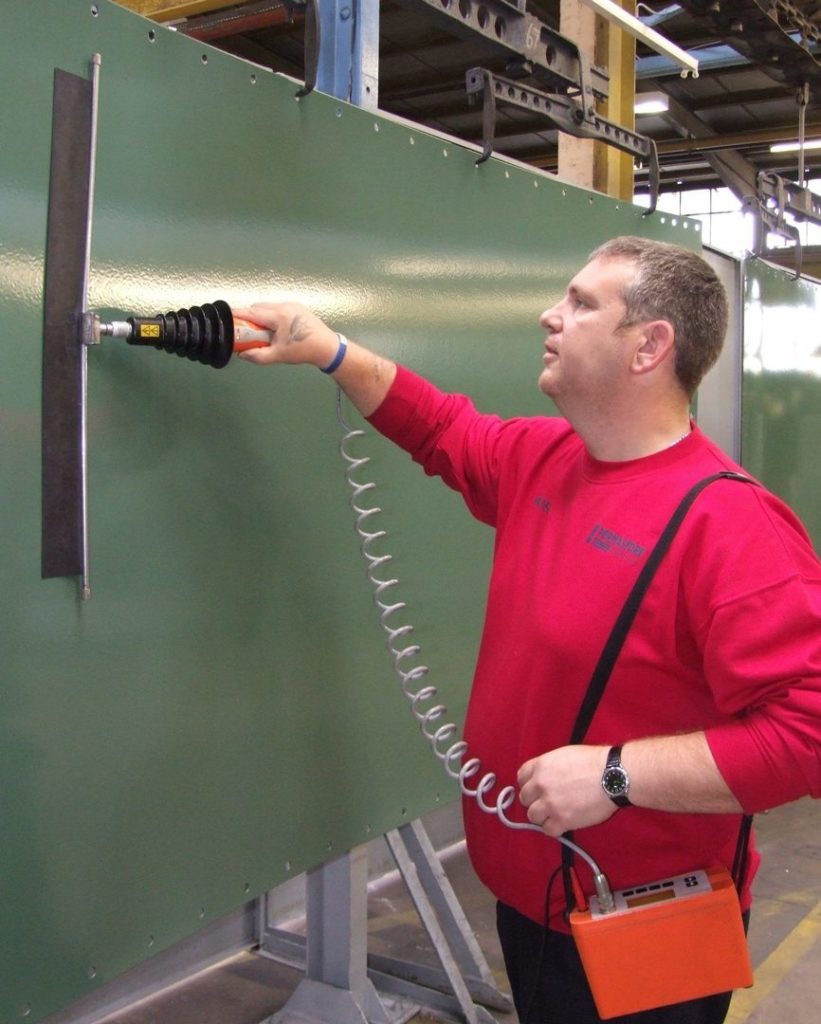
3: Installation Flexibility
Bolted steel tanks allow installation flexibility that surpasses welded tanks or concrete tanks. They are available in sizes ranging from 50,000L to over 50 million litres, and they can be customised to fit the allocated installation space.
For narrow areas, the tank can be built taller, and in wider areas, the diameter can be increased. Should the need for more capacity arise in the future, bolted tanks can also be easily expanded with modular panels with a minimum investment of materials and labour, unlike concrete or welded steel tanks, which would require considerable amounts of time, materials, and labour to either expand an existing tank or build a secondary tank.
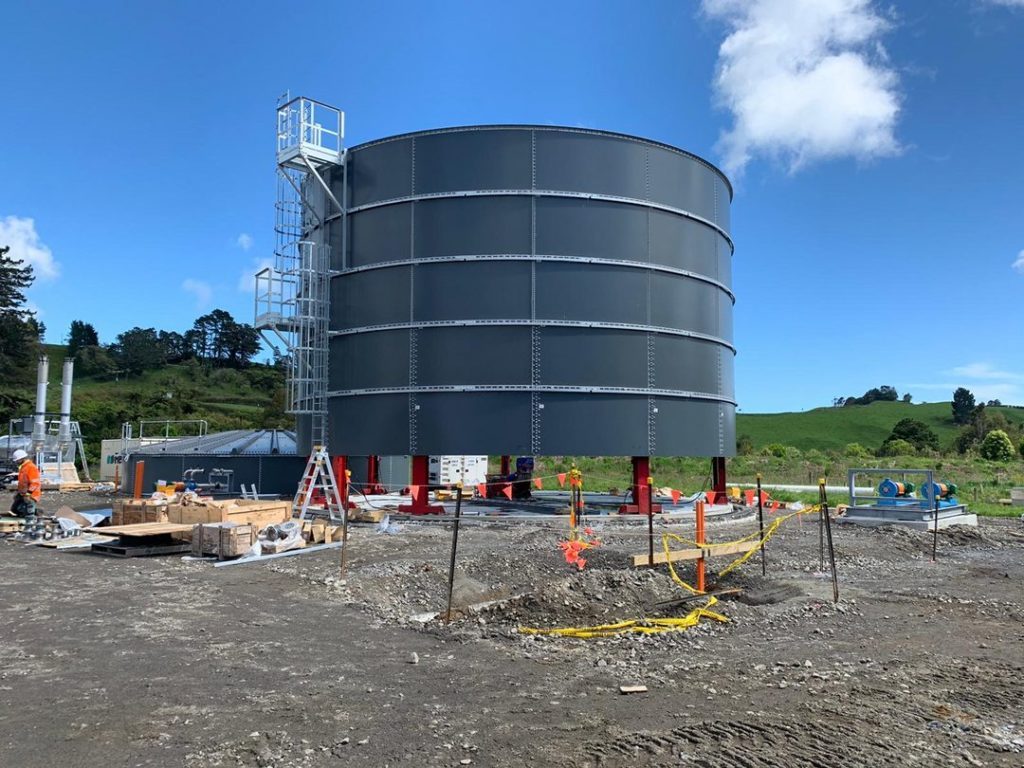
4: Easy Maintenance and Repair
Concrete tanks and welded steel tanks need regular maintenance, including frequent resealing to prevent leaks or corrosion. They are also difficult to repair, requiring extensive labour and special tools to pour new concrete or to cut, weld and refinish a welded steel tank.
This can lead to high material and labour costs. Bolted tanks require minimal maintenance and last longer than welded steel or concrete tanks, and should a bolt ever leak, a panel corrode or an accessory such as a valve or door need to be repaired, the damaged part can easily be unbolted and repaired or replaced.
5: Compliance with Industry Standards
Bolted tanks designed to store drinking water comply with the AWWA D103-09 & AWWA D103-97 standards, as well as the FDA and EPA requirements and NSF Standard 61 for potable water usage.
Bolted tanks for other uses comply with AWWA D103 standards, using steel sheets that meet ASTM A1011 Grade 33 requirements and steel plates that meet ASTM A36 requirements.
6: Lower Shipping Costs
Because bolted tanks are shipped disassembled, they are more compact to transport than the large sections of a welded tank, reducing shipping costs.
Compared to the materials required for a concrete tank, shipping costs are much lower for bolted steel tanks as well, because they are relatively light compared to concrete.
Bolted tanks are a cost-effective, durable and low-maintenance alternative to both welded steel and concrete tanks, and they can be used for just about any purpose.
